Way of the warrior: The weapons and armour used by Japanese Samurai
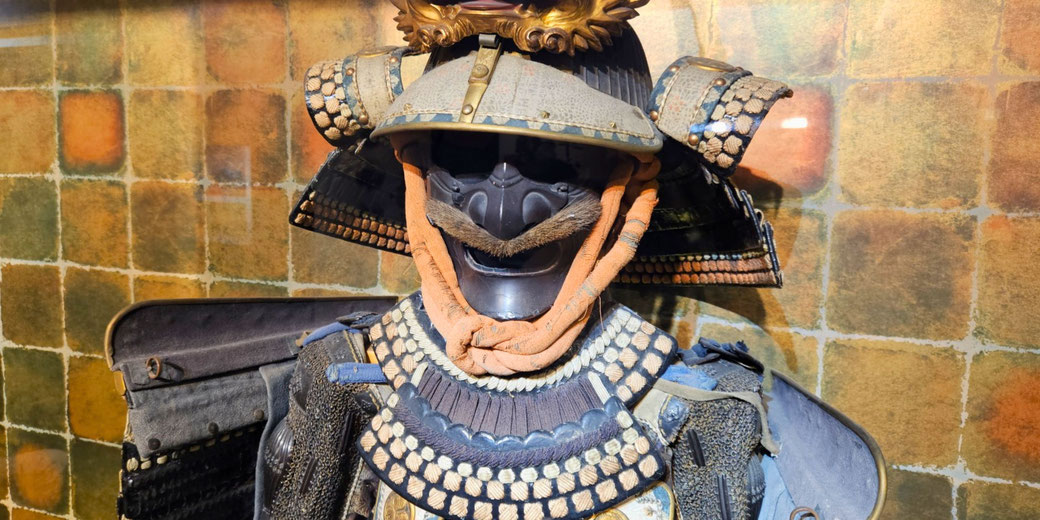
For centuries, the samurai class defined the military and social elite of Japan, and their weapons and armour conveyed both power and cultural meaning.
From the curved blades of their swords to the layered plates of their armour, every element of their equipment had practical use and symbolic value.
Every time they stepped onto a battlefield, a samurai’s weapons and armour showed his status and his role as a warrior bound by duty.
Katana: The Soul of the Samurai
The katana became the most well-known weapon of the samurai, and swordsmiths perfected its design during the Muromachi Period from 1336 to 1573 after earlier curved swords first appeared in the Kamakura era.
With a blade that usually measured between 60 and 80 centimetres and a curvature of around 2 centimetres, the weapon allowed warriors to draw and strike in a single motion, which made it effective in fast-paced combat.
During forging, swordsmiths used tamahagane steel and applied a clay mixture before heating and quenching, which created a visible hamon or temper line.
They folded and hammered the metal repeatedly at precise temperatures to create a blade that balanced hardness and flexibility.
Many swords bore the signature, or mei, of the swordsmith, which increased their status and value.
As a practical and symbolic item, the katana rested edge-up in the sash so that it could be drawn instantly.
In samurai culture, the sword held spiritual value because it was seen as part of the warrior’s identity.
In close fighting, the katana offered both cutting power and accuracy for thrusting, which gave a skilled swordsman an advantage in duels.
Under strict class laws, only members of the samurai class could carry the katana, which made it a marker of rank and privilege.
Legendary swordsmen such as Miyamoto Musashi enhanced the weapon’s reputation through their incredible exploits.
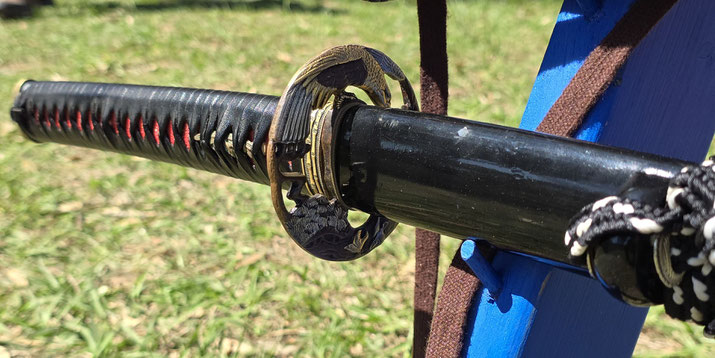
Wakizashi: The Companion Sword
The wakizashi accompanied the katana to form the daisho, the paired swords that helped show a samurai’s status.
The weapon appeared during the Muromachi Period and measured between 30 and 60 centimetres, which made the shorter blade well suited for fighting in tight spaces where the katana became impractical.
In many cases, warriors relied on it when indoors or in situations that required fast movements at close range.
Samurai also used the wakizashi to decapitate defeated enemies and take their heads as trophies in battle.
Importantly, samurai kept the wakizashi with them even when formal etiquette required the katana to be left at the door.
For ritual purposes, the weapon became the blade used in seppuku, the suicide that preserved honour in the face of disgrace or defeat.
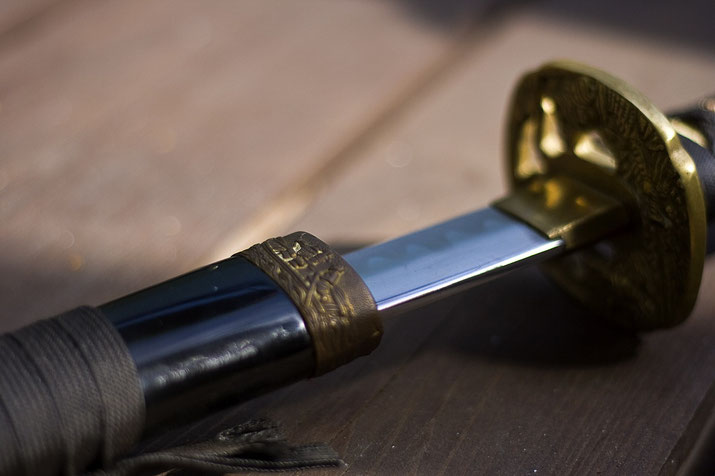
Yumi: Bows of Precision and Range
Long before the katana became a symbol of the warrior class, the yumi dominated samurai warfare.
As an asymmetrical longbow, it had a grip set closer to the bottom than the centre, which made it ideal for mounted archers.
During early feudal conflicts, this design allowed warriors on horseback to fire arrows effectively and to keep speed and mobility.
At over two metres in length, the yumi required great strength and years of training to draw properly.
Arrows, known as ya, came with a variety of heads such as barbed yanone or forked karimata for different purposes.
Also, archery carried high status in both military and ceremonial life. In competitions such as yabusame, mounted archers demonstrated skill and discipline as they fired at targets while they galloped.
In battle, the yumi enabled long-range attacks before warriors closed the distance with swords or spears.
Armour-piercing arrows could penetrate the lighter protective gear of the early medieval period, which gave archers a vital role on the battlefield until firearms altered Japanese warfare.
Archery also formed part of Shinto rituals that supported its spiritual value in samurai society.
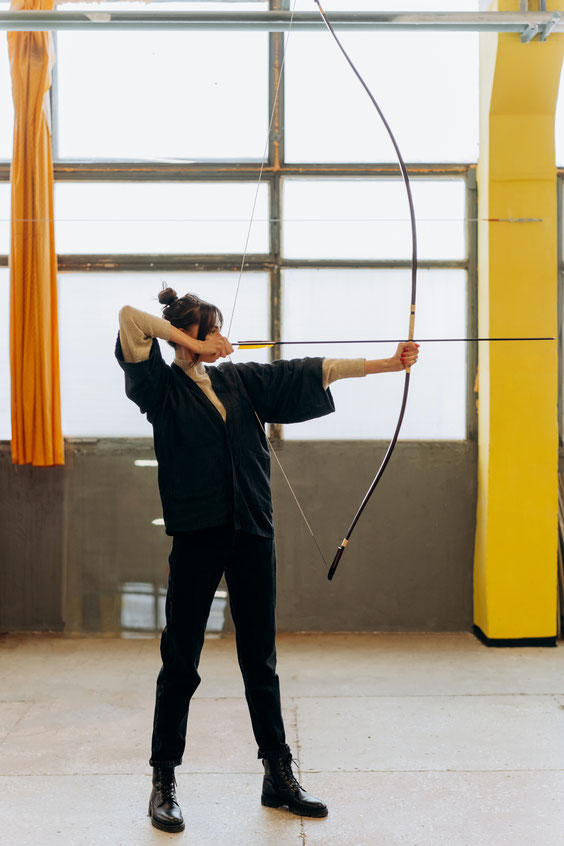
Naginata: Versatility and Reach
The naginata combined the reach of a polearm with the slashing power of a sword, and its design proved highly effective against cavalry and infantry.
With a curved blade attached to a long shaft that was over two metres, the weapon allowed warriors to strike at a distance and perform sweeping attacks that could unseat mounted opponents.
The blade often measured 30 to 60 centimetres, and its cutting edge made it ideal for fighting both armoured and unarmoured foes.
Women of the samurai class trained with the naginata to defend their households in times of conflict, and later tradition frequently associated the weapon with Tomoe Gozen, a celebrated female warrior of the late twelfth century.
Contemporary accounts praised her archery and swordsmanship, but the link with the naginata became part of her legend in later centuries.
Over many generations, martial schools continued to include the naginata in instruction for female students.
In battle, the naginata worked alongside other polearms such as the yari, the straight-bladed spear that became increasingly popular during the Sengoku Period.
Samurai Armor
Samurai armour, known as yoroi, combined effective protection with the flexibility needed for combat.
In early periods, warriors wore large box-shaped suits with heavy lamellar plates that suited mounted archers.
As fighting styles evolved, armourers developed lighter designs such as do-maru and haramaki, which wrapped closely around the torso and improved mobility.
To make them, craftsmen used iron or hardened leather plates laced together with silk cords that could show clan colours or decorative patterns.
A full suit of armour weighed between 20 and 30 kilograms, although early ō-yoroi could reach the heavier end of that range.
Furthermore, the kabuto helmet provided important protection and often featured an decorated crest that signified clan identity.
Face masks known as menpo offered extra defence and created a fearsome appearance in battle.
Additional components included sode for the shoulders, kote for the arms, and haidate for the thighs.
During the sixteenth century, the spread of firearms forced armourers to strengthen breastplates and simplify decorative features so that suits offered greater protection against bullets.
This development led to the tosei gusoku, or modern armour, which was more resistant to gunfire.
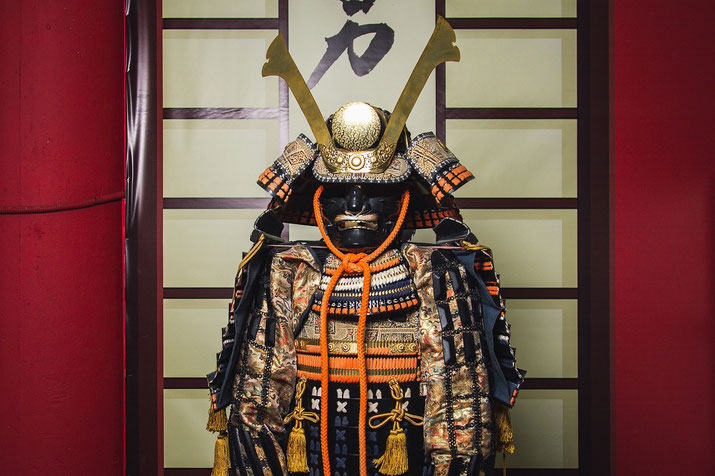
Preparing for battle
In preparation for combat, samurai followed a strict routine that ensured their equipment was secure and ready.
Attendants assisted with fastening armour plates, tightening cords, and they placed weapons so that warriors could access them rapidly.
At the same time, warriors inspected their swords, bows, and arrows to confirm that each piece met the standards needed for battle.
Horses, which were smaller native breeds, also required careful preparation, and attendants fitted saddles, stirrups, and protective coverings known as uma-yoroi.
Finally, before riding out, many samurai composed death poems, or jisei, that revealed their acceptance of fate and their determination to die with honour.
With prayers to ancestors and local deities, they entered battle prepared both physically and spiritually.
Fully armed and ready, a samurai who carried weapons and armour that embodied centuries of tradition and the values of the warrior class stepped onto the battlefield.
What do you need help with?
Download ready-to-use digital learning resources
Copyright © History Skills 2014-2025.
Contact via email
With the exception of links to external sites, some historical sources and extracts from specific publications, all content on this website is copyrighted by History Skills. This content may not be copied, republished or redistributed without written permission from the website creator. Please use the Contact page to obtain relevant permission.





